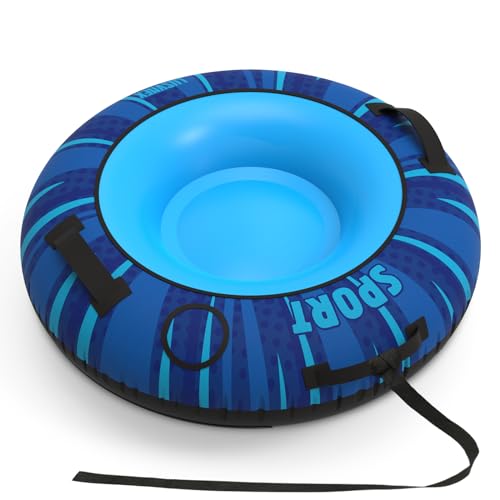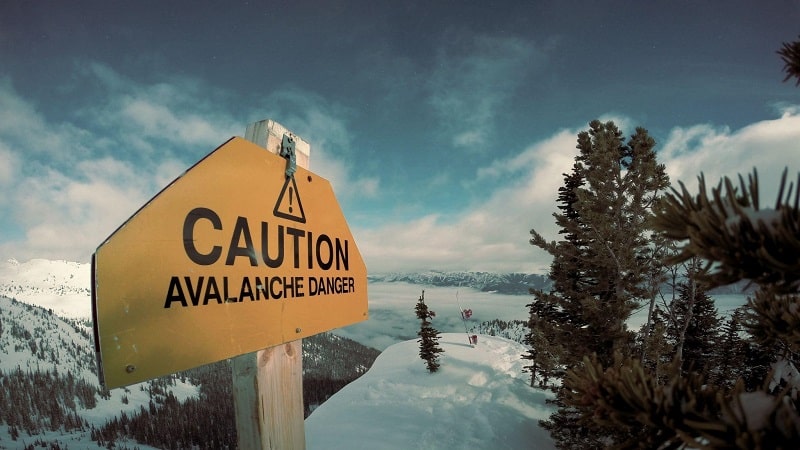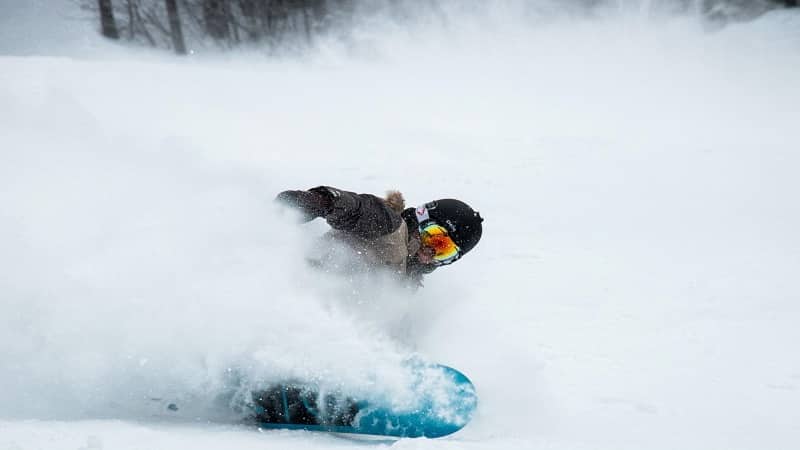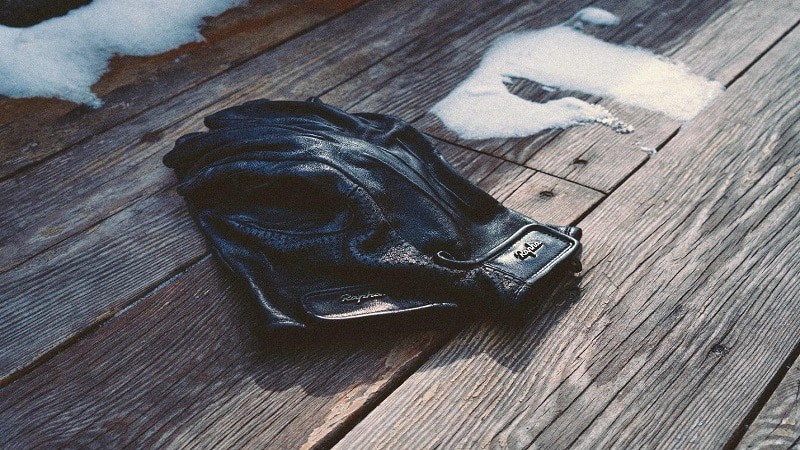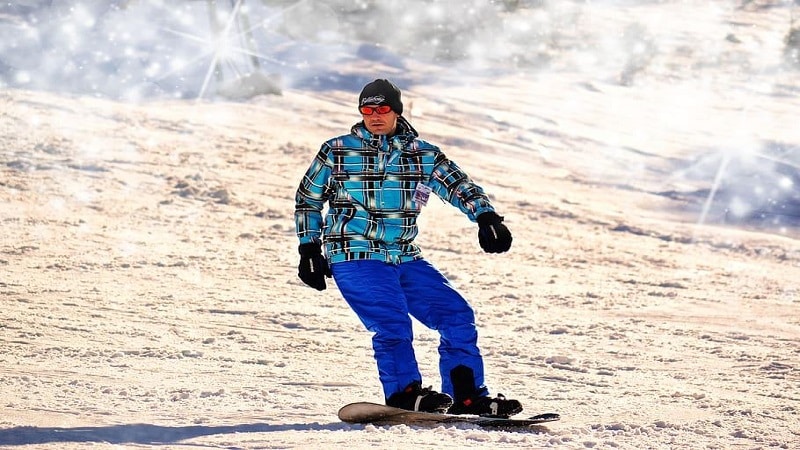Are you planning a fun day of snow sledding? It’s important to dress appropriately to stay warm and comfortable during your adventure. In this article, we’ll give you some helpful tips on what to wear for snow sledding. From base layers to outerwear, we’ve got you covered with all the essential clothing items you’ll need to enjoy a day on the slopes. So, grab your sled and let’s get ready to have a blast in the snow!
When it comes to snow sledding, layering is key. You want to keep your body warm while still being able to move freely. Start with a moisture-wicking base layer that will keep you dry and prevent sweat from making you cold. Next, add a cozy mid-layer like a fleece or a down jacket to provide insulation. Finally, top it off with a waterproof and wind-resistant outer layer to protect you from the elements. By layering up, you’ll be able to adjust your clothing as needed to stay comfortable throughout the day.
Don’t forget about your extremities! Keeping your hands, feet, and head warm is crucial for an enjoyable sledding experience. Invest in a pair of waterproof gloves or mittens to keep your hands dry and insulated. Wear thick, woolen socks to keep your feet warm and cozy. And don’t forget to wear a hat or a beanie to trap heat and protect your head from the cold. With the right clothing and accessories, you’ll be able to stay warm and have a fantastic time sledding down those snowy hills.
Choosing the Right Clothing for Snow Sledding
As an avid snow sports enthusiast, you understand the importance of dressing appropriately for the weather conditions out on the slopes. When it comes to snow sledding, having the right clothing can make all the difference in ensuring you stay warm, comfortable, and able to fully enjoy your time on the hills.
First and foremost, layering is key. By wearing multiple layers, you can easily adjust your body temperature as needed throughout the day. Start with a moisture-wicking base layer that will keep you dry by pulling sweat away from your skin. This is especially important as sledding can be quite active and result in perspiration.
Next, you’ll want a cozy mid-layer that provides insulation to keep your body heat trapped. Look for materials such as fleece or down that offer warmth without adding bulk. This layer should be easily removable in case you start to overheat or the weather changes.
To protect yourself from the elements, a waterproof and wind-resistant outer layer is essential. Look for a jacket and pants that will keep you dry even in wet snow conditions. Pay attention to features like sealed seams and adjustable cuffs to ensure no moisture seeps in, and opt for materials like Gore-Tex for optimal protection.
When it comes to your extremities, don’t overlook their importance. Invest in waterproof gloves or mittens to keep your hands dry and warm. Thick woolen socks will provide insulation for your feet, and make sure to wear suitable footwear that is both waterproof and provides good traction.
Lastly, don’t forget to cover your head with a hat or beanie. Body heat escapes from your head, so keeping it covered will help regulate your overall body temperature and keep you comfortable.
Layering for Warmth and Comfort
When it comes to snow sledding, layering is essential for both warmth and comfort on the slopes. As an avid snow sports enthusiast, you know that the right clothing can make all the difference in your enjoyment of the activity. So, let’s dive into the world of layering and ensure that you have a fantastic time sledding down those snowy hills.
Base Layer: Start with a moisture-wicking base layer. You want something that will keep you dry by drawing sweat away from your body. Look for materials like merino wool or synthetic fabrics, as they are excellent at regulating your body temperature. Remember, a dry base is the foundation for a cozy and warm experience.
Mid-Layer: The mid-layer is where you’ll find insulation. Opt for a cozy and warm mid-layer that will trap heat and keep you comfortable. Fleeces, down jackets, or thermal sweaters are all great options. Make sure your mid-layer is not too bulky, allowing you to move freely as you twist and turn on your sled.
Outer Layer: Now it’s time for the outer layer — a waterproof and wind-resistant garment. Look for ski jackets or snow pants that have a quality waterproof rating and are made from durable material. Don’t forget to check the cuffs and hems for adjustable closures, as they can help keep snow out and warmth in.
Accessories: Don’t forget the accessories! A good pair of waterproof gloves or mittens will keep your hands dry and cozy. Opt for thick woolen socks to keep your feet warm, and don’t underestimate the power of a hat or beanie to protect your head from the biting cold.
Remember, layering is all about finding the right combination of clothing that allows you to adapt to changing weather conditions on the slopes. By following these tips, you’ll be equipped to have an incredible time enjoying the exhilaration of snow sledding without worrying about feeling too cold or uncomfortable.
Warm Base Layers
When it comes to snow sledding, having the right base layers can make all the difference in keeping you warm and comfortable. As an avid snow sports enthusiast myself, I can’t stress enough how important it is to invest in high-quality base layers that will keep you cozy while you slide down those snowy hills.
Start with a moisture-wicking base layer. This is the layer that will be closest to your skin, so it’s essential to choose fabrics that will keep you dry by wicking away moisture. Look for base layers made of materials like merino wool or synthetic blends that are specifically designed to pull sweat away from your body. This will help regulate your body temperature and prevent you from getting chilled when you start to perspire.
Layer up for insulation. Once you have your moisture-wicking base layer, it’s time to add some warmth. Opt for a cozy mid-layer that will provide insulation and trap heat close to your body. Fleece is an excellent choice for this layer, as it is lightweight, breathable, and has excellent insulating properties. Plus, it dries quickly in case you get too sweaty or accidentally take a tumble into the snow.
Don’t forget about your legs. While we often focus on layering up our upper bodies, it’s crucial to remember to keep our legs warm too. Wear thermal leggings or long johns as your base layer for your bottom half. Look for options made of moisture-wicking materials to keep you dry and comfortable throughout your sledding adventures.
Insulating Mid Layers
When it comes to snow sledding, staying warm and comfortable is key to enjoying your time on the slopes. While a moisture-wicking base layer is essential for keeping you dry, it’s the insulating mid layers that will help you stay cozy and warm in colder temperatures. As an avid snow sports enthusiast, I understand the importance of finding the right insulating mid layers to keep me comfortable and protected during my winter adventures.
One popular choice for an insulating mid layer is a fleece jacket. Fleece is known for its excellent insulation properties, trapping your body heat and keeping you warm even in the coldest conditions. Look for a fleece jacket with a high warmth-to-weight ratio, as this will provide maximum insulation without adding unnecessary bulk.
If you’re looking for something a bit more lightweight, consider a down jacket. Down is incredibly effective at trapping heat, making it a great choice for cold weather activities. The lightweight design of down jackets allows for optimal mobility while still providing exceptional warmth. Pair your down jacket with a moisture-wicking base layer, and you’ll have a winning combination for staying warm and dry on the slopes.
For those who prefer a more versatile option, a softshell jacket is a fantastic choice. Softshell jackets are designed to provide both insulation and breathability, making them ideal for a wide range of temperatures and activities. The soft, stretchy fabric allows for ease of movement, while the fleece lining provides an extra layer of warmth. Plus, softshell jackets are often water-resistant, adding an extra level of protection in case of snowfall or light rain.
Remember, when choosing your insulating mid layers, it’s important to consider the weather conditions and your level of activity. Layering is key in winter sports, as it allows you to add or remove clothing as needed to regulate your body temperature. By investing in quality insulating mid layers, like fleece jackets, down jackets, or softshell jackets, you can ensure that you stay warm and comfortable during your snow sledding adventures.
Outerwear for Protection
When it comes to snow sledding, having the right outerwear is crucial for your safety and comfort. As an avid snow sports enthusiast, you know that the weather conditions on the slopes can vary greatly, from chilly winds to heavy snowfall. That’s why you need to invest in quality outerwear that will protect you from the elements and keep you warm no matter what.
One of the most important pieces of outerwear for snow sledding is a good waterproof and windproof jacket. Look for a jacket that is specifically designed for winter sports, with features like a durable outer shell, sealed seams, and a waterproof rating of at least 10,000 mm. This will ensure that you stay dry even in wet and snowy conditions, while also protecting you from the wind.
In addition to a waterproof jacket, it’s essential to have a pair of waterproof pants as well. When sledding down the slopes, you’re likely to come into contact with snow and ice, so having pants that can repel moisture is crucial. Look for pants that have a high waterproof rating and are made from a durable and breathable material. This will keep you comfortable and dry throughout your sledding adventures.
Layering is also important when it comes to outerwear. Start with a moisture-wicking base layer that will keep sweat away from your body and help regulate your temperature. On top of that, add insulating mid layers such as fleece jackets or down jackets. These will provide extra warmth without adding too much bulk.
Lastly, don’t forget about your extremities. Make sure to wear insulated gloves or mittens to protect your hands from the cold. A good pair of waterproof and insulated boots will keep your feet warm and dry, while a hat and neck gaiter or scarf will protect your head and neck from the cold winds.
Don’t Forget the Accessories
When it comes to snow sledding, it’s not just about the main clothing items. Accessories are just as important in keeping you warm and protected during your snow adventures. As an avid snow sports enthusiast, I know the value of having the right accessories to enhance your sledding experience. Here are some must-have accessories that should never be forgotten:
1. Gloves or Mittens
Your hands are one of the most vulnerable parts of your body in the cold. Having a pair of insulated gloves or mittens is crucial to keeping your hands warm and protected from frostbite. Look for gloves or mittens that are waterproof and have a good grip, so you can hold onto your sled securely.
2. Hat and Neck Gaiter or Scarf
Heat escapes from your head, so it’s important to wear a warm hat that covers your ears. A hat made of wool or fleece will provide you with excellent insulation. Additionally, wearing a neck gaiter or scarf will help to keep your neck and face shielded from the wind and cold.
3. Goggles or Sunglasses
Protecting your eyes from the glare of the snow is essential. Goggles or sunglasses with UV protection will shield your eyes from harmful rays and prevent snow blindness. Opt for goggles that have anti-fog properties to ensure clear vision throughout your sledding adventure.
4. Socks
Keeping your feet warm is crucial for a comfortable sledding experience. Invest in thick, moisture-wicking socks that will keep your feet dry and insulated. Look for socks made from materials such as merino wool, as they are excellent at regulating temperature and moisture.
5. Sunscreen
Even though it may be cold outside, the sun’s rays can still be strong and damaging. Apply a broad-spectrum sunscreen with a high SPF to protect your skin from harmful UV rays, especially on exposed areas like your face and hands.
Conclusion
Now that you have all the information you need, you can confidently dress for your snow sledding adventure. Remember, layering is key to staying warm and comfortable. Start with a moisture-wicking base layer to keep sweat away from your skin. Then, add insulating mid layers like fleece or down jackets to trap heat. Don’t forget to invest in quality outerwear, including a waterproof and windproof jacket, pants, gloves or mittens, boots, and a hat or neck gaiter.
Accessorize with gloves or mittens, a hat or neck gaiter, goggles or sunglasses, socks, and sunscreen for added protection. These small items can make a big difference in your overall comfort and safety.
By following these tips, you’ll be well-prepared for your snow sledding adventure. Stay warm, stay dry, and have a blast on the slopes!











